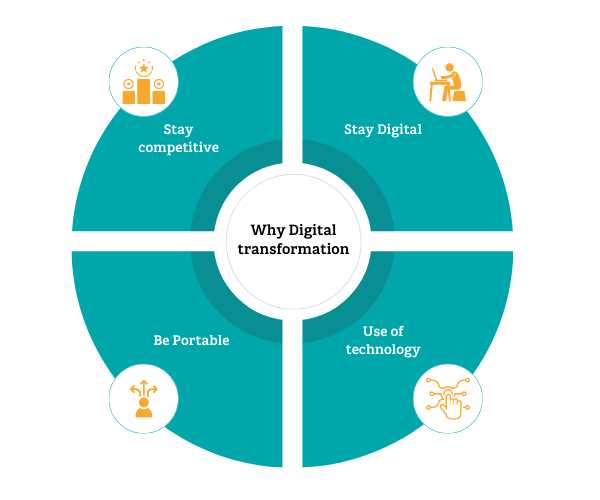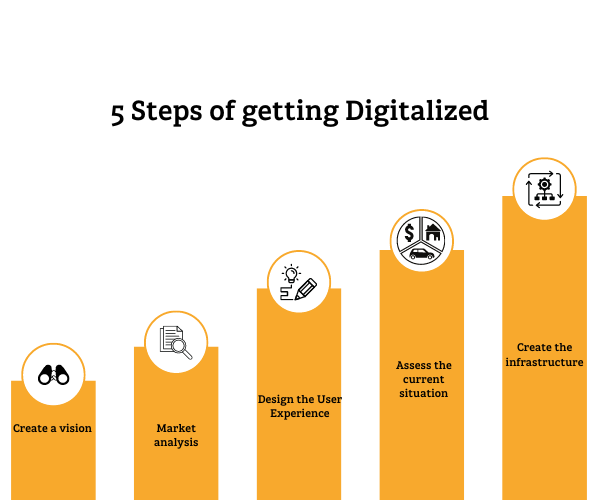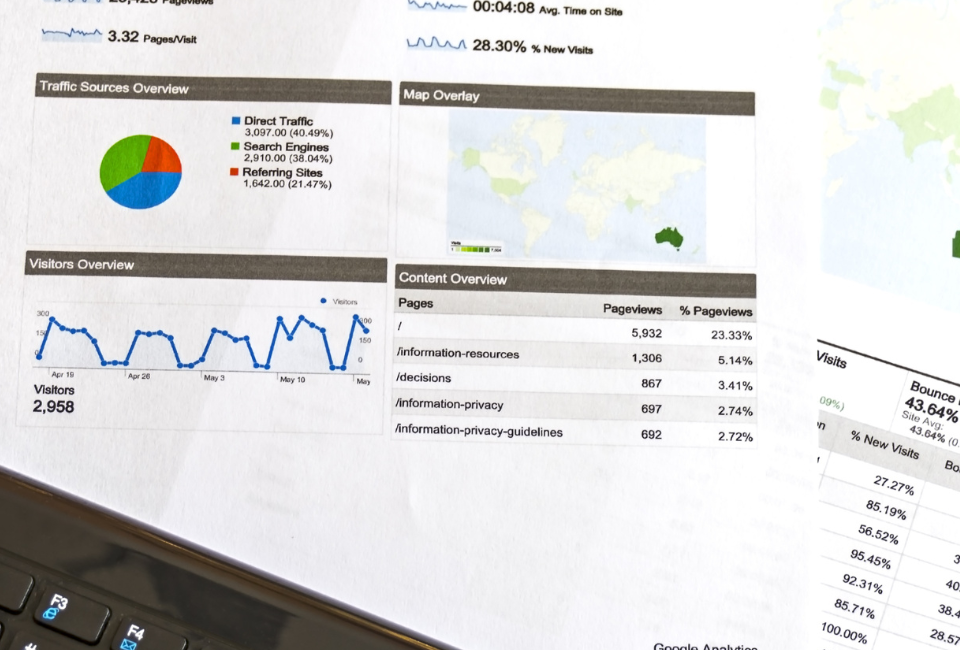Help Me Write My Essay
August 18, 2022Best Java Frameworks for Web Application Development
August 18, 2022Digital transformation is the shift in the way companies work so that less monotonous work and more time for thinking about development increases. Digital transformation is the acceleration of the day-to-day business so that the vast technological development taking place is exploited to serve your customers faster and better. Digital transformation is used to increase efficiency in the workflow so that errors are reduced and productivity increased. Digital transformation increase the number of your team members without having to hire.
Simply put, digital transformation is harnessing technology for people to work.

Why is digital transformation important?
Labor organizations, regardless of their size, need to keep peace with the development in technology, because technology has changed the way consumers think and behavior.
If the company does not keep peace with what is happening around it, it will inevitably fail.
Digital transformation is important because:
- If not, your competitors outdid you!
- It will make you more profitable۔ According to a report from Wurzer, managers at large companies expect that half of their profits will come from the digital side of their companies.
- By being matched with the technology around you, you'll be more effective at work
- Your employees and customers live in an accelerated digital world and are doing most of the digital transformation.
Creating an amazing and very effective transformation strategy requires a simple and clear structure.
The following five steps will help you lay the groundwork for getting the most out of digitization.
Step 1. Create a vision
In the first step, you must define your vision for implementing digital transformation. But instead of looking at the problems you're trying to solve with innovations, focus on your end goal. What do you want to achieve? Keep in mind long-term goals and focus more on the experience you want to create for clients as well as employees. It is crucial to come up with a comprehensive vision that addresses the future needs of the organization.
Step 2. Market analysis
Before undertaking any digital transformation effort, undertake a deep analysis of the market determinants. Due to rapid technological development and industrial changes, this step is necessary to create a relevant and updated strategy.
Step 3. Design the user experience
Once you have established the market vision and analysis, it is time to focus on the experience that you want to create for your customers and employees. According to the report by Actual Experience, 93% of business leaders believe that their business success is directly dependent on the digital customer experience.

Step 4. Assess the current situation
Although the first three steps define what your business wants to achieve through digital transformation, the fourth step shows where you are now. To find out where your journey begins and identify the gaps needed to fill it in at this stage, examine your digital infrastructure and analyze how well the software, applications, and other tools you use are meeting your current and future needs. Discover the essential components required for your strategy, the areas in which you will need to develop new functions, and the integrations necessary to work together effectively.
This assessment will help you to know which specific technology needs to be updated, what process should be improved or automated, and which digital tools should be changed. As a result, you will prioritize efforts and investment in your digital transformation strategy in the best possible way.
Step 5. Create the infrastructure
And last but not the last step on the road to digital transformation is setting up your own infrastructure. First, you need to surround yourself with a dedicated group of digitally qualified experts. Establish professional leadership or other qualified professionals to ensure a successful transformation. If you don't have an in-house team, find a reliable partner to effectively implement your company's digital strategy.
Second, help your team develop the skills needed for future changes. Starting training, promotions and qualification, or contracting with distinguished third parties to help you implement this strategy. Finally, it is important to make digital transformation an essential part of the company's DNA. As well as building a new digital culture that would be in line with the converted processes.




